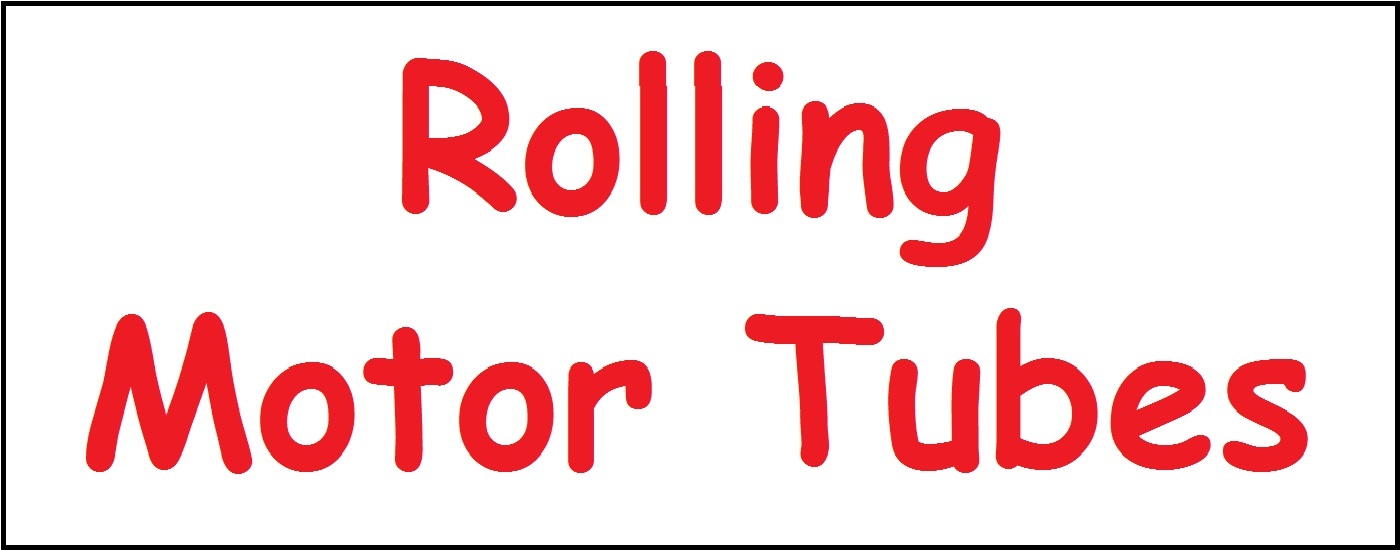|
|
|

|

|

|

|

|

|

|

|

|

|

|

|

|

|

|

|

|
|
|
No-Cal Plan Links - Click aircraft name for model |
 |
o
o o o o o o o o o o o o o o o o o o o o o o o |
o
o o o o o o o o o o o o o o o o o o o o o o |
o
o o o o o o o o o o o o o o o o o o o o o |
|
What's a No-Cal?
"No-Cal" is short for "No-Calorie", which is another way of describing "skinny", or profile models. The neat thing about No-Cals is that they provide great flight potential while still being recognizable as the real aircraft they represent. My No-Cal Designs - Perfect for Flying Aces club contests! |

|
|
AERO ACES is a TRADEMARK of Michael A. Morrow. © All Images, drawings, plans, articles, and kits, are Registered & Copyrighted by Michael A. Morrow |
